The Independent's journalism is supported by our readers. When you purchase through links on our site, we may earn commission. Why trust us?
Meta Quest 3S review: Finally, mixed reality at an affordable price point
Meta Quest release its most affordable model yet, here’s my first impressions
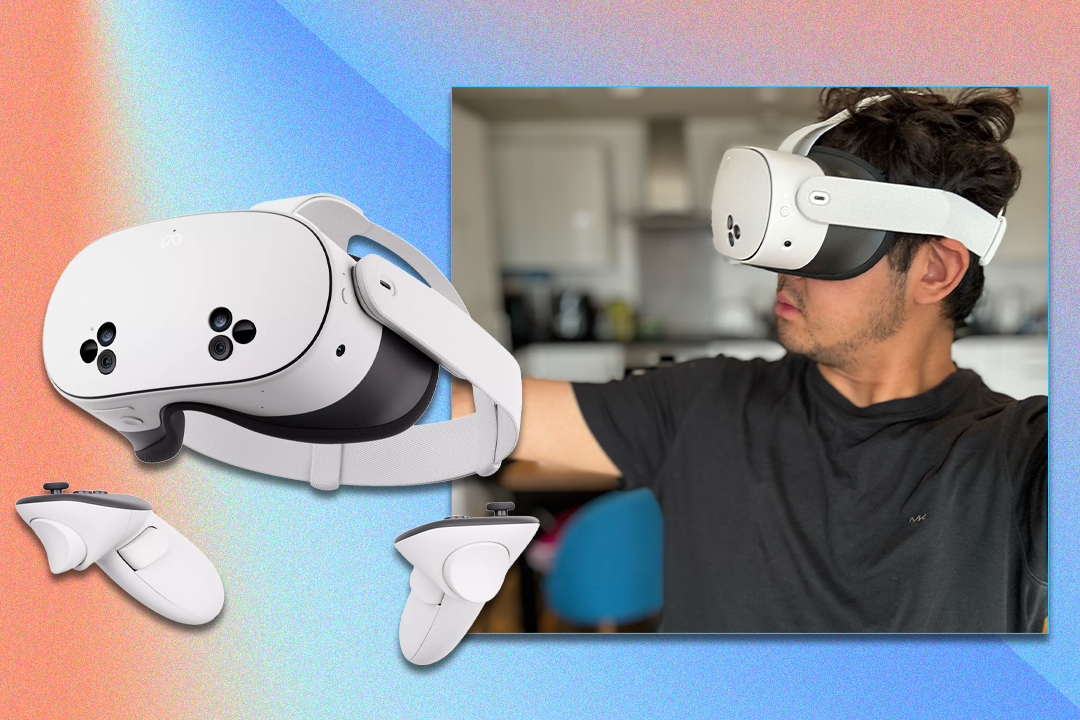
If the Apple Vision Pro’s eye-watering £3,499 price tag has got you questioning the affordability of mixed reality tech, you’re not alone. Apple’s struggling to shift its expensive headset, and Meta’s taking its chances to get ahead.
Last year, Meta launched the Meta Quest 3 – the company’s first full-colour passthrough headset. Already significantly cheaper than the Apple Vision Pro, Meta’s now launched the Meta Quest 3S, its most affordable and accessible mixed reality device yet. Aimed at more casual gamers, you can now dive into both VR and mixed reality experiences for less than £300.
Sporting almost the exact same guts as the powerful Meta Quest 3, but with some small compromises made to help bring down the price, the Meta Quest 3S brings full-colour passthrough to the masses and is a step up over the Meta Quest 2 (though borrows its graphics). But should you buy it?
How I tested
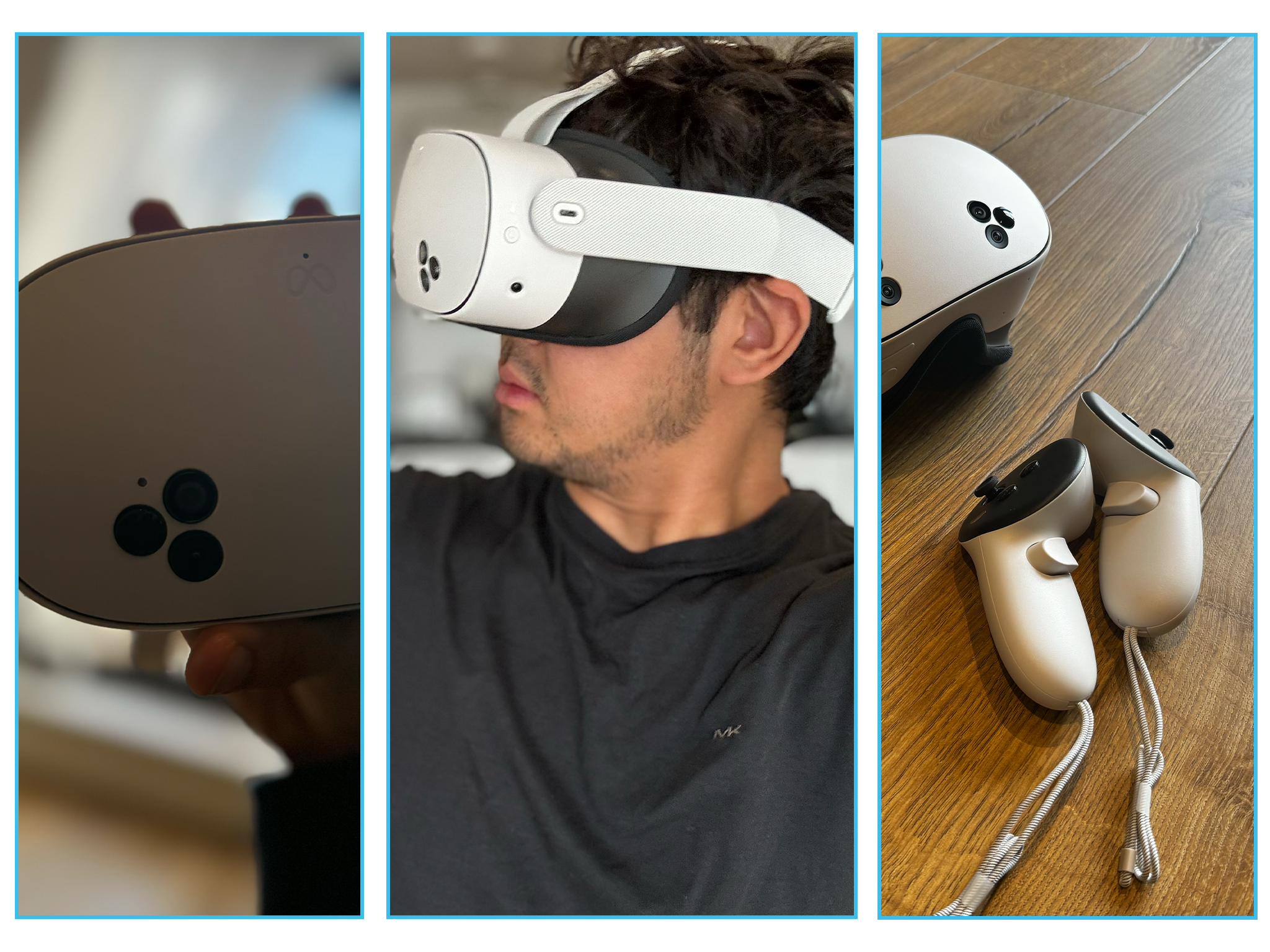
I’ve been reviewing (many would say playing) with the Meta Quest 3S since the VR headset landed on my desk in early October. I’ve worked my way through a library of games, experiences and films to see how they perform and whether I could go back from better graphics on the Meta Quest 3 to the single display setup that the Quest 3S borrows from the Quest 2.
How did it differ from the Meta Quest 3? Did the smaller field of view make a difference? Did the previous generation’s Fresnel lenses have an impact on enjoyment? How did games and experiences play in mixed reality? Keep reading to find out.
Meta Quest 3S

- Storage 128GB or 256GB
- Processor Snapdragon XR2 gen 2 processor with 8GB of RAM
- Display resolution and refresh rate 1832px x 1920px per eye, 120Hz
- Lenses Fresnel lenses
- Weight 514g
- Battery life 2 hours 30 minutes
- Why we love it
- Extremely affordable
- Runs fast and smooth
- Comfortable to wear
- Take note
- Graphics are a downgrade on the Quest 3
- No adjustable IPD scroll wheel
Design
The first thing I noticed when I unpackaged the Quest 3S was that it looked almost exactly like the more expensive Quest 3, only slightly bulkier and with a different layout for the cameras and sensors. Instead of three vertical columns, a constellation of three cameras and sensors sit at the bottom left and right of the headset. Aesthetically, it looks a lot nicer than the Quest 3’s vertical strips, and functionally, it helps with hand tracking and controller tracking.
There’s a new action button on the Quest 3S that lets you switch between passthrough and full immersion. Still, the main difference between the two in terms of design is that the cheaper model has reverted back to three fixed interpupillary distance (IPD) settings, rather than the nice IPD scroll wheel on the Quest 3. You can only set it to 58mm, 63mm and 68mm. There’s also no headphone jack, so you’ll have to connect a pair of Bluetooth headphones if you want to keep your VR antics quiet.
It’s still fairly lightweight on the head, and the included fabric head strap can still be adjusted to your liking. However, if you don’t like them, they can still be swapped out for ones from third-party manufacturers or from Meta itself. You also get a glasses spacer in the box – the Meta Quest 3S doesn’t have an eye relief adjustment button like the Quest 3, so you’ll struggle to wear any prescription glasses without using the spacer. I’M pretty happy about this decision though, the eye relief button still didn’t space a pair of glasses far enough away from my face with the Quest 3, meaning my specs still got squashed up against the facial interface.
Another welcome inclusion with the 3S is the Quest 3’s Touch Plus controllers. They don’t feature that annoying tracking ring anymore and are just a lot smaller and more comfortable to use. If you had issues with the rings knocking against each other on the Quest 2, that won’t be an issue with the new controllers. Positioning the cameras and sensors on the bottom also meant that the Quest 3S could better keep track of my hands as I played through games.
The best part? Like the Quest 2 and Quest 3, the Quest 3S is completely wireless, so there’s no external battery pack dangling behind my back as I swung my arms around in the air. The set-up was just as simple as the Quest 3. I was taught how to adjust the straps, set the IPD and use the controllers. And despite not having a depth sensor like the Quest 3, Guardian still successfully automatically detected room boundaries (no-go zones where tables, walls and furniture sit that will have us tripping up or falling over), with minimal correction needed.
Graphics
While I’m a fan of the slimmer design, the Quest 3S is plagued with some of the same issues as the Quest 2 when it comes to graphics. Despite upgrading to full-colour passthrough – which looks great, by the way, compared to the black and white passthrough in the Quest 2 – it still uses Fresnel lenses rather than pancake lenses like the Quest 3.
It’s very grainy and low-quality, and just not as enjoyable as the Quest 3. Where everything felt like a sweet spot with the Quest 3, it feels like going back a step in terms of graphics – slight distortion and even some screen door effect. The Quest 3S only has a display resolution of just 1,832px x 1,920px. You get the same field of view (FOV) vertically, but the FOV on the Quest 3 is significantly wider horizontally, so you can see further across on either side of you.
It is much nicer having full-colour passthrough – it doesn’t feel like I’m living in a black-and-white world anymore, with the colour washing in, and I love that I can just walk around the house while still wearing the headset. Taking it off and on again is a real bother with pure VR headsets. Can I read my phone? It’s a struggle but can be done – the graphics just aren’t as good as the Quest 3. When taking a break from VR, I ended up just taking the headset off because of how fuzzy everything was. The limited IPD range also plays a part because it was trickier to find that sweet spot.
The other issue with the Fresnel lenses was that I wasn’t able to get my eyes as close to the display as I’d like. They’re not as flat as pancake lenses, so if I wanted to increase my field of view, it just wasn’t possible.
Still, it’s hard to complain considering the Quest 3S is almost £200 cheaper than the pricier model from last year. This is definitely an entry-level mixed-reality headset; I’m not expecting ground-breaking graphics here, and it was still good enough to keep me immersed in the action. The poorer graphics are much more noticeable when streaming content or watching films, but less so when you’re actively playing a game or involved in an experience.
Performance
Now, here’s where the Meta Quest 3S shines. Despite costing less, the Quest 3S features the exact same GPU, CPU and RAM as the Quest 3, so games and experiences in VR and mixed reality ran like an absolute dream. It boasts the same Snapdragon XR2 Gen 2 processor with 8GB of RAM, so I could play all my favourite games that I already play on the Quest 3 on the 3S. You just don’t get as much internal storage (128GB and 256GB instead of 512GB).
Fast to load, zero jittering and smooth performance, no matter whether I was playing games in 120Hz or 90Hz, jumping up and down or sitting still. Simply fantastic, and it helps that Meta’s Horizon OS is just so easy to use and navigate. Frames didn’t really drop while playing more RAM-intensive games (not more or less than they would when playing games on the Quest 3, anyway).
As I did with the Quest 3, I started with the First Encounters demo, which sees aliens scatter into your living room, hiding underneath your sofa and poking out from behind doors. It’s a great showcase of mixed reality on the Quest 3S and is just heaps of fun.
I had a blast playing through the Batman: Arkham Shadow game. The mechanics were brilliant, seeing me grapple with tricky puzzles and working up a sweat as I engaged in combat. It runs as smoothly as it does on the Quest 3.
My favourite mixed reality game – BAM – which sees you control a miniature robot Smash Bros-style on your very own table – was just as fun as it was on Quest 3.
But while performance is great, it all comes back down to the graphics. Sure, everything’s fun and runs smoothly, but the sub-par graphics really came to the fore when I started streaming shows on Netflix. Not very sharp, I ended up focusing on the display’s clarity rather than listening to what Kristen Bell was actually saying in Nobody Wants This.
There are a few more things to mention. Interestingly, despite having a smaller battery, Meta says you can actually get about 20 minutes extra playtime before needing a recharge. That’s not a lot in the grand scheme of things – it’s still just around two and a half hours, but every little helps.
The verdict: Meta Quest 3S
If you’re going to get a mixed-reality headset, then the Meta Quest 3 is still the best – it has better graphics and those sweet pancake lenses really make a difference. But if you’re new to VR (or mixed reality), then the Quest 3S is the best entry-level device you’ll find. It runs like a dream, has a full-colour passthrough and has a wealth of VR games and mixed-reality experiences to explore. The graphics aren’t as sharp, so it’s not as great for watching films and kicking back, but you’ll still feel brilliantly immersed if you want a device for gaming. This is a highly capable VR headset, and superb for the price.
Looking for more variety in your gaming options? We have a guide to the best VR headsets
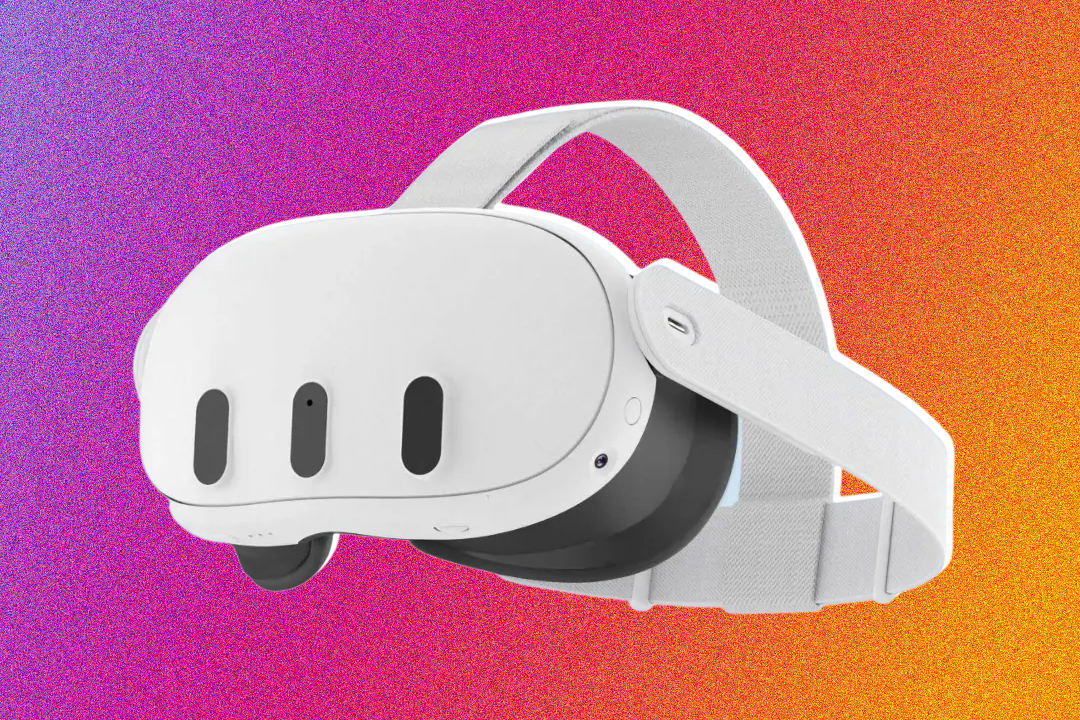
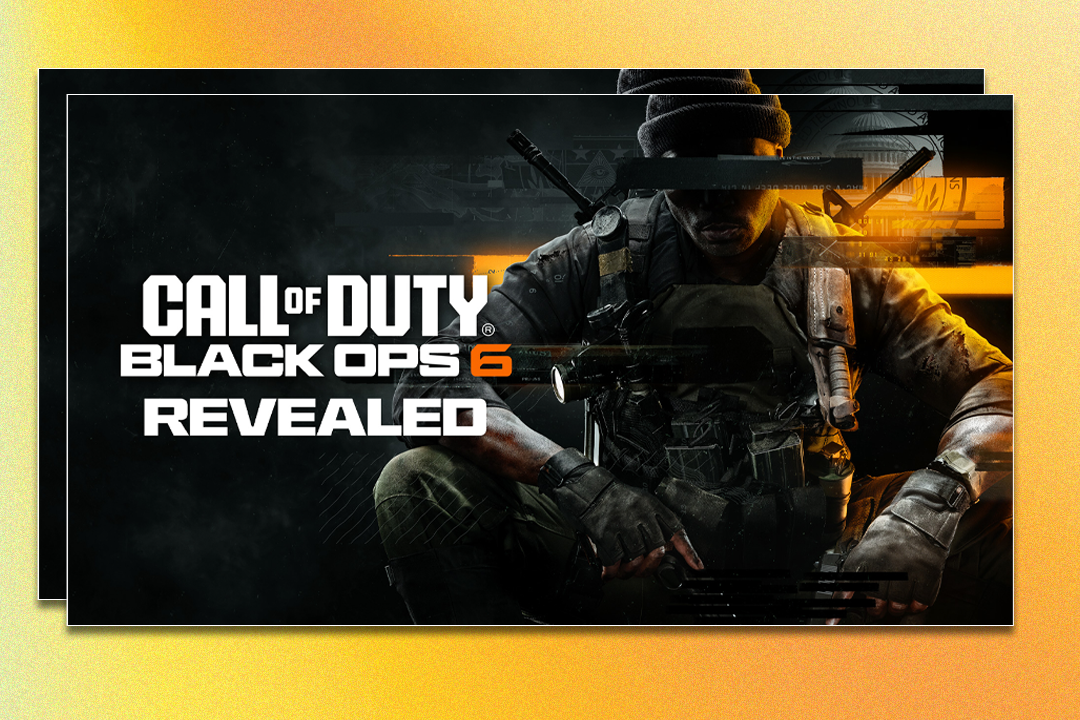
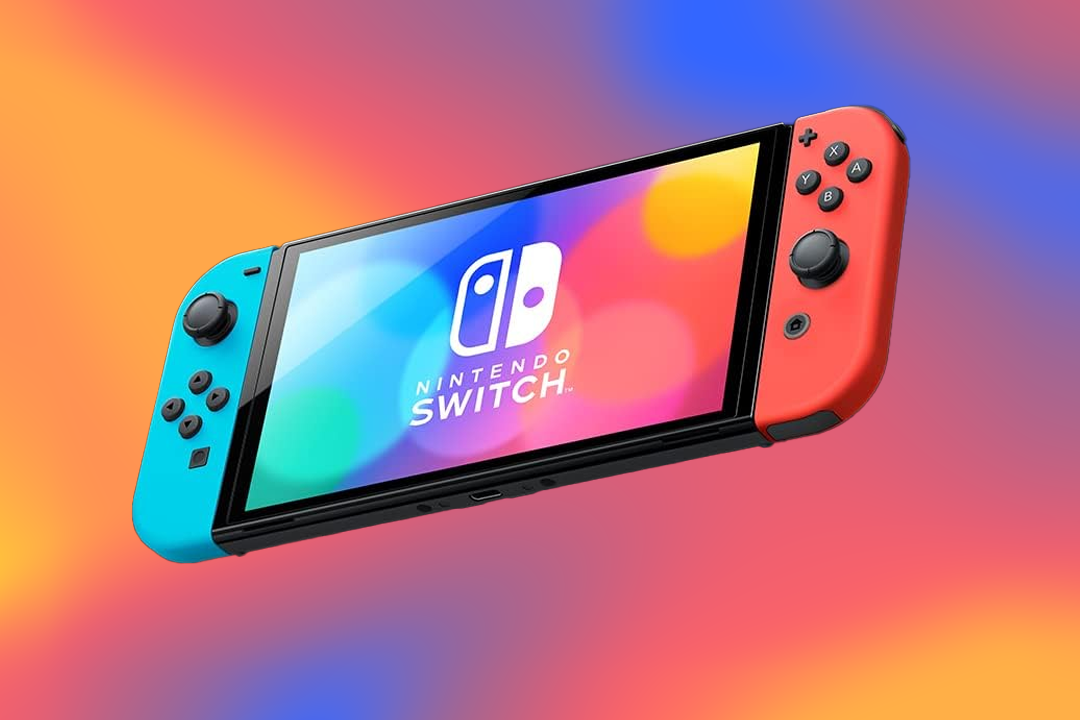

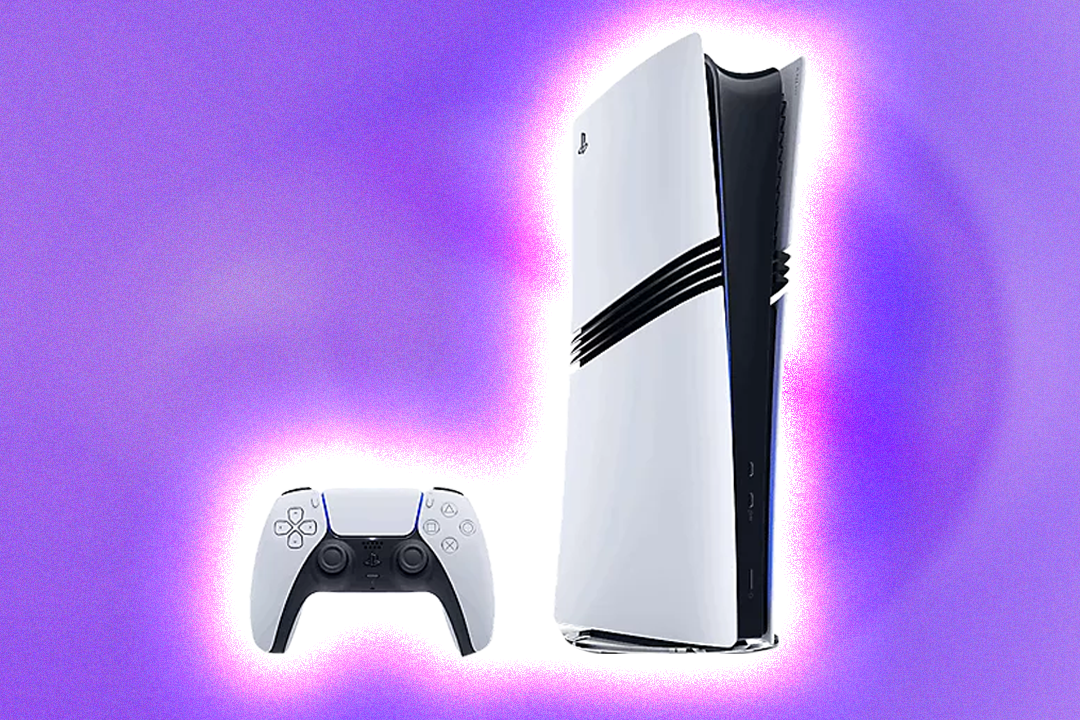
Bookmark popover
Removed from bookmarks